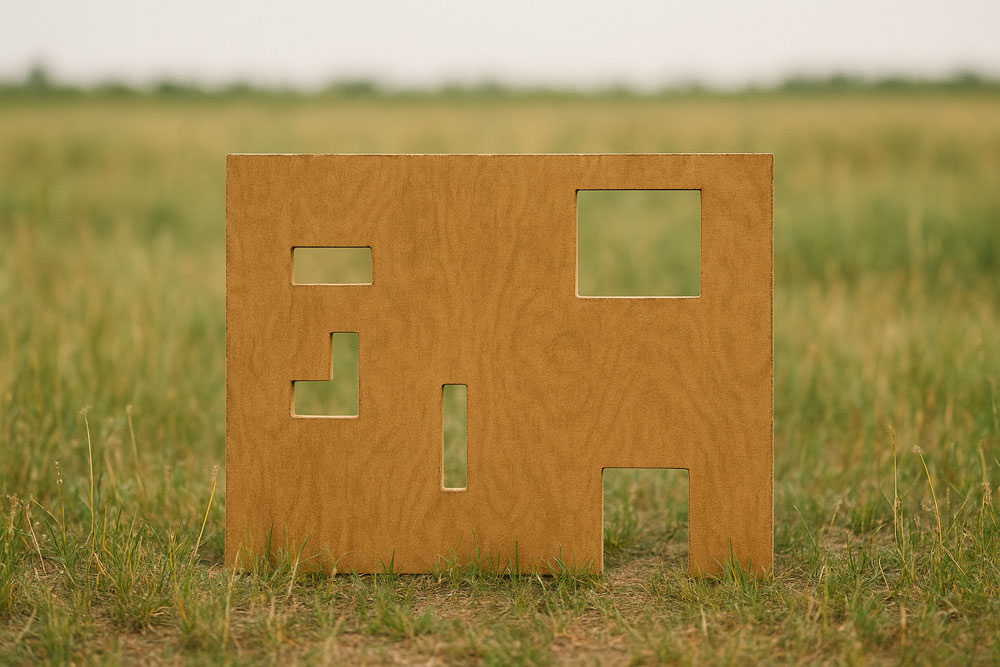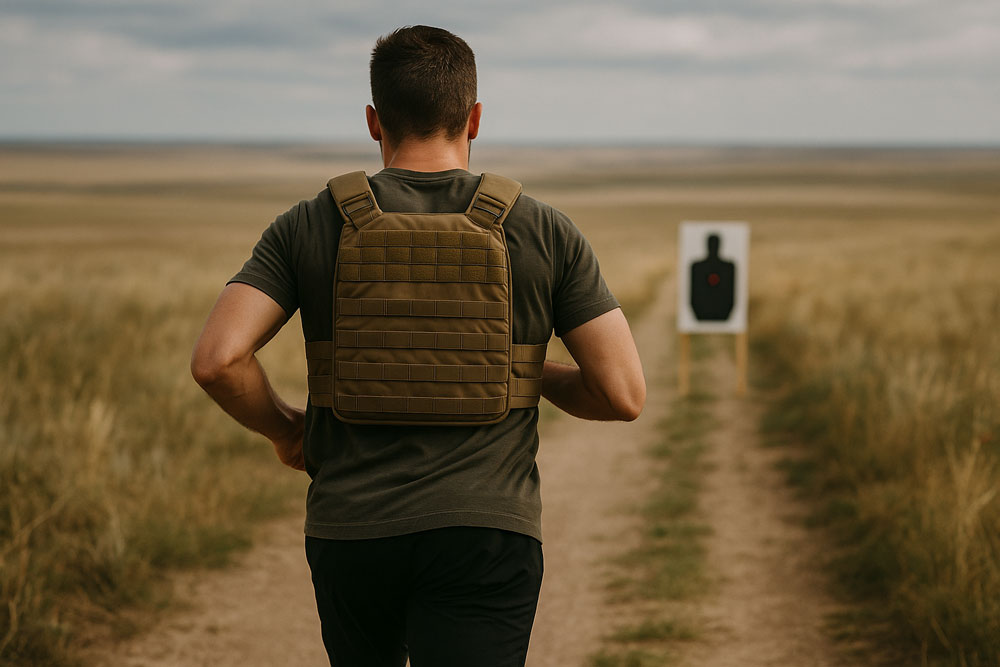Let’s get one thing straight: mindless reps don’t make you better.
Dry fire practice is one of the most valuable tools you have as a shooter—and one of the most misused. Most people stand in their garage or living room, run through a few reps of draw-and-fire or reloads, and call it a day. No plan. No focus. No pressure.
That kind of practice isn’t training—it’s just movement.
Dry Fire Is Like a Workout—You Need a Plan
If you walked into the gym and just did a few curls, some pushups, and called it “arm day,” you wouldn’t expect real gains. Shooting is no different.
Every dry fire session should have a goal.
One session might focus on:
- Clean sight acquisition from the draw.
- A specific malfunction clearance.
- Transitions between multiple targets.
- Maintaining accuracy under fatigue.
Before you pick up your pistol or rifle, set a purpose for the session. What specific skill are you refining today? What does success look like? And how will you measure it?
The Big Mistake: No Stress = No Transfer
The range is rarely calm. You’re not going to be standing perfectly still, heart rate low, with sights resting gently in your visual sweet spot. In the real world—or even under the clock in a match—you’ll be moving, breathing hard, maybe even shaking.
Yet most dry fire sessions are performed completely relaxed.
That’s a mistake.
You need to induce stress. Not mental panic, but physical demand. Your body should feel what it’s like to shoot under fatigue—to see what your sights do when your chest is rising and your breath is short.
Try this:
- Do 10 jumping jacks
- 10 bodyweight squats
- 10 pushups
Then run your draw-and-fire drill.
See how your hands feel. Watch your sights bounce. Learn to stabilize under pressure, not in silence.
When to Train Calm vs. When to Train Stressed
Not every drill needs to be high-intensity. In fact, certain skills should start calm and controlled:
- Malfunction clearing
- Reload technique
- Trigger reset drills
These are fine motor skills. You need to build precision first—then add speed—then introduce pressure.
But for draw speed, sight picture, movement transitions, and postural stability, you should absolutely train under strain. That’s what your body will experience when it matters.
Make Your Dry Fire Matter
Here’s how to build effective sessions:
- Have a plan – Focus on 1–2 skills per session. Not everything.
- Track your performance – Use a timer, a mirror, or even a video.
- Introduce fatigue – Add movement before drills to simulate stress.
- Alternate focus – One day calm mechanics, another day pressure drills.
- Finish with review – What worked? What needs refinement?
Final Thoughts
Dry fire is more than a money-saving substitute—it’s your foundation for real-world performance. But only if you treat it like real training.
At Hi Line Tactical, we believe training should build capability—not comfort. If your dry fire doesn’t challenge you, it’s just a routine. Make it count.
Pre-orders for Fit to Fire open soon. This book includes full dry fire routines, fitness-integrated drills, and performance tracking tools to take your training to the next level.
Stay sharp. Train smart. Make your practice match your purpose.


